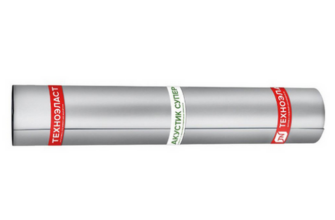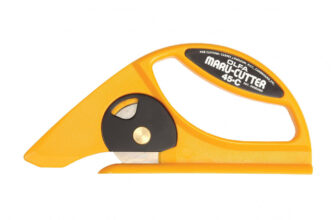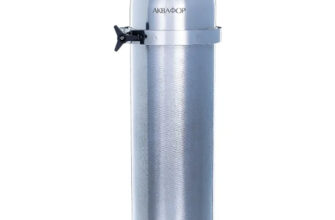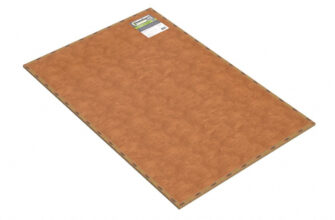Review of the best according to the editorial board. On the selection criteria. This material is subjective and does not constitute advertising and does not serve as a purchase guide. Before buying, you need to consult with a specialist.
Metal entrance doors reliably protect an apartment, house or commercial building from burglars due to the steel sheet thickness from 1.0 to 4.0 mm. Such an obstacle is more difficult to crack by force. But due to the increased thermal conductivity of the metal, the housing will cool faster, so you need a high-quality filler, which is important to equip the door leaf with. Our experts have prepared TOP-6 insulation materials with their characteristics and reviews, so you can figure out which insulation is better for the front door.
Rating of the best heaters for the front door
| Nomination | a place | Name of product | rating |
| Rating of the best heaters for the front door | 1 | Mineral wool | 5.0 |
| 2 | Basalt slab | 4.9 | |
| 3 | Polyurethane | 4.8 | |
| 4 | Cork agglomerate | 4.7 | |
| 5 | Foil isolon | 4.6 | |
| 6 | Styrofoam | 4.5 |
Mineral wool
Rating: 5.0
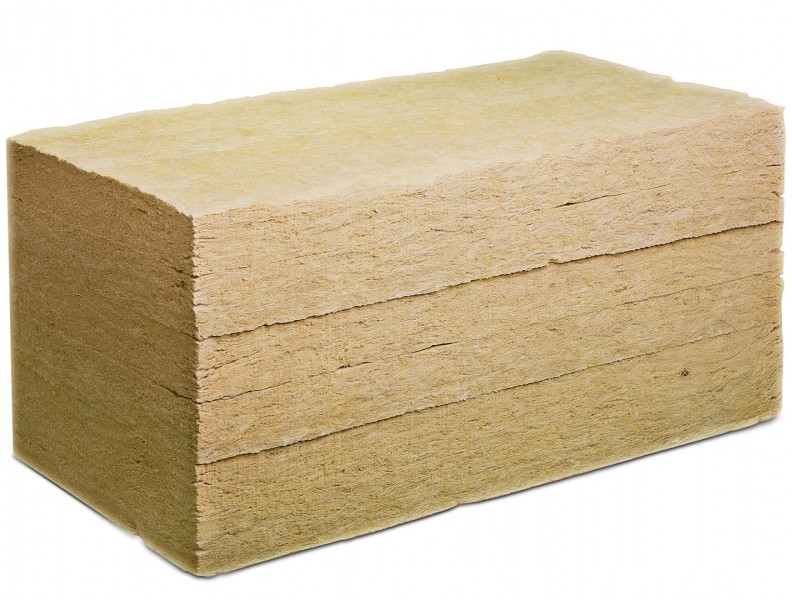
In the first place, the experts put mineral wool produced in accordance with GOST 31913-2011. It consists of thousands of thin fibers that form an air space between them, which creates an obstacle for the transfer of temperature from the outside of the entrance door to the inside. These products comply with the international standard EN ISO 9229: 2007. Mineral wool differs in the type of fiber orientation and density. The thermal conductivity index is 0.032-0.038 W / mK. Mineral wool is made from glass melt, blast furnace slag or other raw materials. In the first case, it will prick a little, which will require protection of the hands when placing the insulation. In any case, it is important to work in a gauze bandage to prevent small fibers from entering the respiratory system.
Experts consider this insulation to be the best, since cotton wool is able to pass steam 10 times better than other materials (indicator 0.003 mg / (mhPa)). This is true if the front door is next to the kitchen, where something is regularly prepared. Condensation drops will collect less on the sash.
Advantages
- the insulation does not burn;
- there are different types of thickness;
- leaves no cold bridges;
- does not create stress on the frame.
disadvantages
- high price;
- glass wool splits;
- it is necessary to carefully seal the cracks in the metal in the case of installing doors that go directly to the street.
Basalt slab
Rating: 4.9
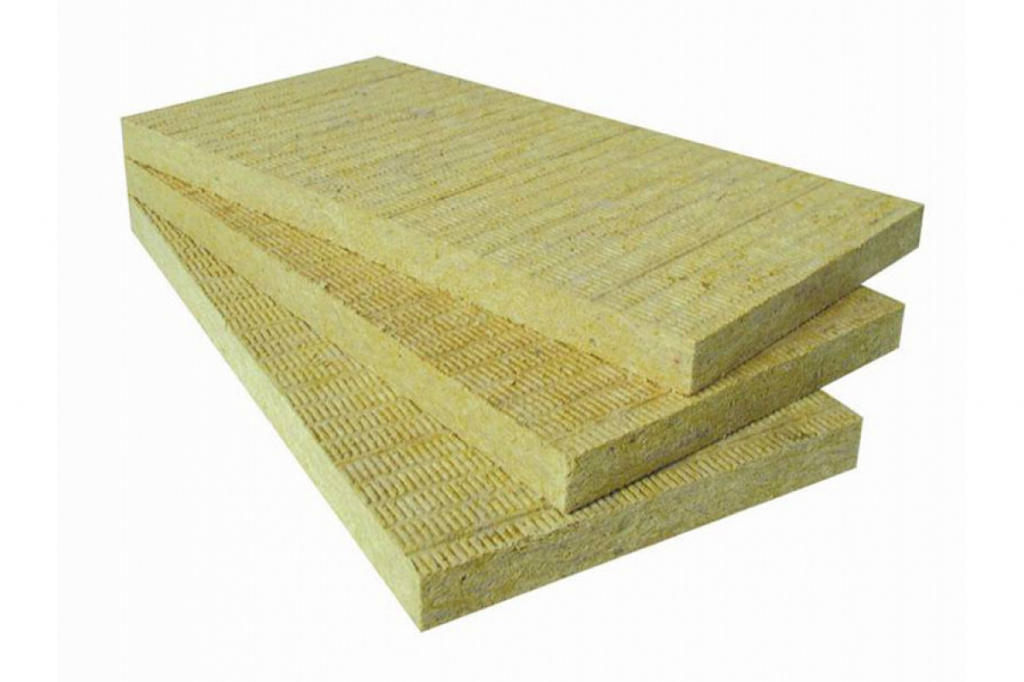
In second place is a 'related' product – a basalt slab made from a melt of igneous rocks. The builders also call this insulation 'stone wool'. The material is similar in structure to mineral wool and consists of many fibers. They can be directed vertically, horizontally or in different directions. The latter type is considered the best in terms of thermal insulation. Even when choosing this insulation, it is important to take into account the density, where there is an indicator from 10 to 150 kg / m³. Basalt slabs are sold with a thickness of 25 to 200 mm. Masters in the reviews advise to buy insulation for an entrance door with a cross section of 50 mm and press it with sheets of metal inside the sash. But for even distribution over the internal cavity, it is important to provide supports (if there are few transverse stiffeners in the door) so that the insulation does not gradually go down.
We recommend this insulation for increased fire safety. Entrance doors with basalt slabs inside will effectively trap heat if the external decorative MDF panel is burned. The plate will also prevent the fire from passing to the protected side. Certified fireproof sashes (E30, E60) are manufactured with basalt slabs inside.
Advantages
- does not burn;
- you can tightly lay the plates to each other;
- easy to cut;
- there is a cross section from 50 to 200 mm.
disadvantages
- hygroscopic;
- props are needed to fill the inner space of the canvas.
Polyurethane
Rating: 4.8
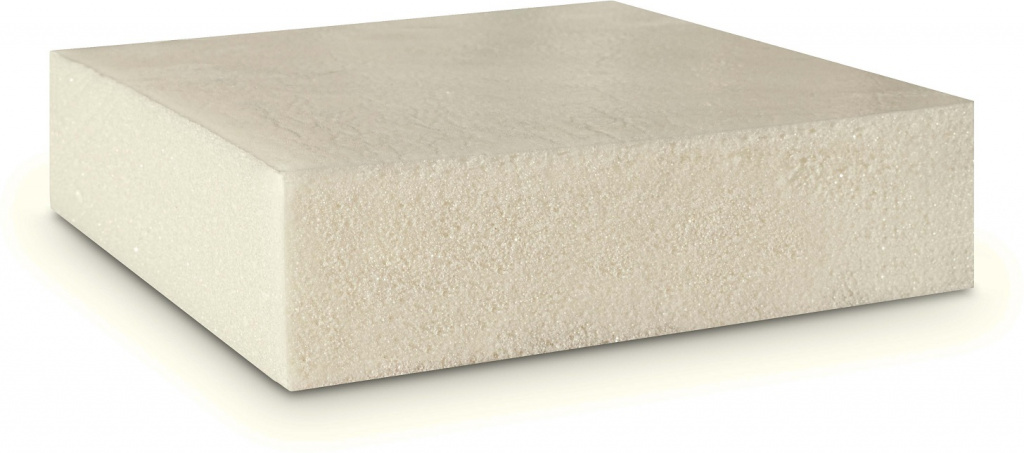
The review continues with polyurethane obtained from polymers combined with a urethane group. In its properties, it resembles rubber, but more durable. For entrance doors, polyurethane foaming is used, in which the solid material makes up only 3% of the total mass. The remaining 97% is air. The substance is fed into the door leaf from a special apparatus. After solidification, it receives a network structure, where 94% of the pores are closed. This prevents the temperature from moving quickly from one side to the other. The insulation does not need to be supported by spacers – it will firmly hold in place for the entire service life. The masters in the reviews like that, unlike mineral wool and basalt slabs, polyurethane is not afraid of water. If rain falls on the front door (corner joints with cracks), then the insulation will not crumple inside. This permits the use of filler in the doors of commercial or administrative buildings, which are often left open due to high visitor traffic.
Our experts consider the material to be the best in terms of the quality of filling the inner cavity of the entrance door. Due to the supply in liquid form, the substance flows into each crack and adheres firmly to the walls of the frame. This completely eliminates open areas through which cold could be transferred into the room.
Advantages
- the insulation has a neutral odor;
- not affected by fungus and mold;
- resistant to acids and alkalis;
- not afraid of water.
disadvantages
- you need sophisticated equipment to fill the sash;
- carefulness is required so as not to flood the lock.
Cork agglomerate
Rating: 4.7
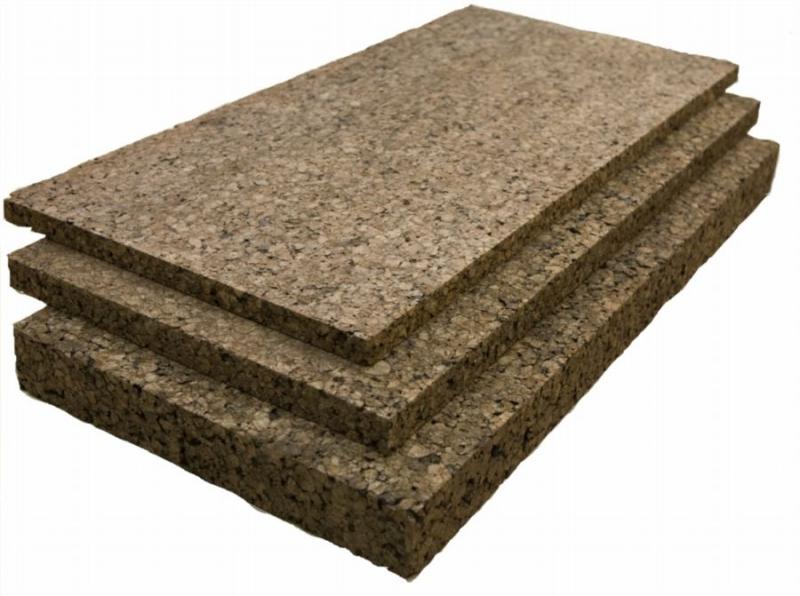
This insulation is made from shredded tree bark, which is pressed into slabs at a temperature of 350 degrees. Thanks to this technology, there is no need to add adhesives and other chemicals to the composition – there are enough natural resins in the wood to bind. The result is an elastic material with good recoverability after bending or compression. Cork agglomerate for entrance doors can be purchased in thicknesses of 10, 15, 20, 25, 40 or 50 mm. The masters in the reviews like the ecological cleanliness of the insulation and the ease of cutting. But they advise, for better fixation, to 'plant' the insulation on the glue. The thermal conductivity of the agglomerate is 0.040 W / mK, which is almost as good as mineral wool. It can be operated at temperatures from -180 to +110 degrees.
According to experts, this insulation is the best in terms of eliminating noise and vibration. This effect is achieved due to the increased density of the agglomerate, varying from 95 to 130 kg / m³. Reducing noise outside the front door is possible up to 60 dB. It is worth paying attention to the insulation for residents of small-family houses or those whose housing is located next to the highway, railway or tram tracks.
Advantages
- thickness varies from 10 to 150 mm;
- environmentally friendly material;
- there is no unpleasant smell;
- does not load the frame.
disadvantages
- high price;
- supports combustion;
- additional fixing of the panels is required;
- cold bridges may form at the joints.
Foil isolon
Rating: 4.6

Another popular material for insulating metal entrance doors is foil isolon. It is a physically cross-linked polyethylene that has been foamed. The result is a lightweight insulation with closed air capsules inside, having a relative elongation of 100%. The product is produced in rolls and is 10-30 mm thick. The product is classified according to density from 28 to 66 kg / m³. Thermal conductivity is at a good level of 0.037 W / mK. The masters in the reviews like foil isolon by the presence of a self-adhesive base – no foam or sealant is required to fix it to the inside of the sheet of the entrance leaf. It is enough to separate the paper protection and press the insulation tightly.
The advantage of this insulation is an interlayer of foil glued to one side. It acts as a screen, reflecting heat back into the room and returning the cold outside. If two layers of foil-clad isolon are placed in the front door with a metal layer to each other, then it will divide the internal space into two parts. Do-it-yourself doors with a thermal break will turn out, which will cost several times cheaper than store doors.
Advantages
- reliable overlapping of joints;
- easy to cut;
- there are options with a self-adhesive base;
- reduces noise by 33 dB.
disadvantages
- supports combustion;
- has a water absorption of 0.86% per day;
- emits an unpleasant chemical odor.
Styrofoam
Rating: 4.5
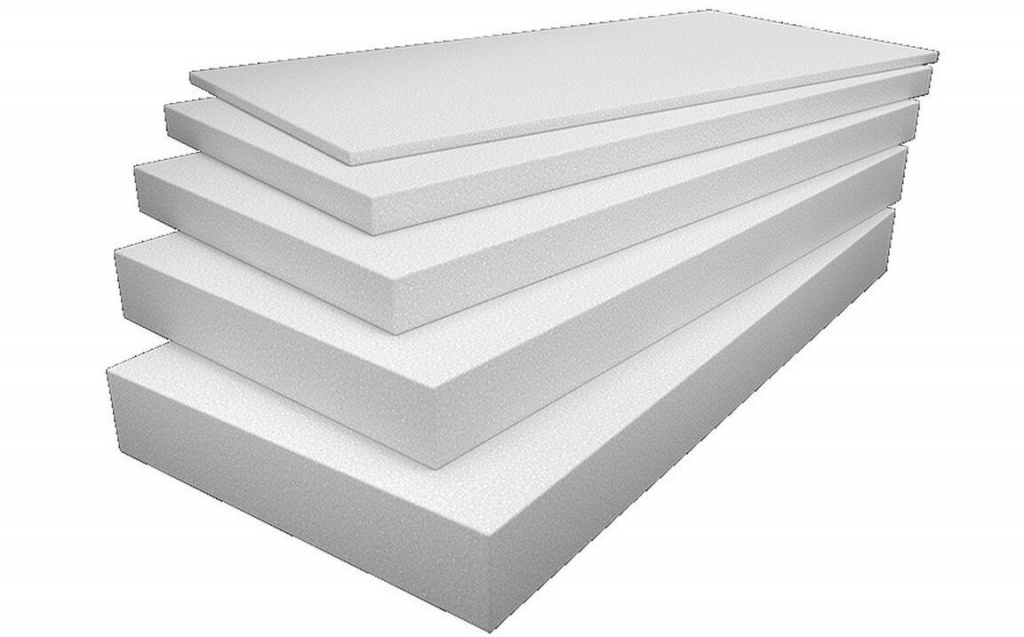
This is the most popular insulation for economy class doors. Foam is made from foamed polymers, receiving a cellular structure after solidification. The walls of each capsule are very thin, so negative and positive temperatures cannot quickly move along them to the other side. The thermal conductivity is slightly inferior to mineral wool and is 0.041 W / mK. Insulation is produced in slabs with a thickness of 15 to 200 mm, where a section of 20-50 mm will be optimal for entrance metal doors. The material is available in three density options: 15, 25 and 35 kg / m³, which affects the degree of sound insulation. In the reviews, users are satisfied with the low weight of the insulation (the cube has a mass of 10 kg), low water absorption, and lack of smell.
Experts considered polystyrene to be the best cost for insulating an entrance door. An ordinary sash with dimensions of 2000×900 mm can be insulated with a layer of 50 mm thick for about 150-200 rubles. This material also does not lose its shape, unlike cotton wool, so no additional bridges are required inside the canvas to maintain it.
Advantages
- affordable price;
- a light weight;
- not afraid of moisture;
- there are different densities and sections.
disadvantages
- 'cold bridges' may remain;
- burns;
- gluing to foam is required;
- crumbles when cutting.
Attention! This rating is subjective and does not constitute an advertisement and does not serve as a purchase guide. Before buying, you need to consult with a specialist.


